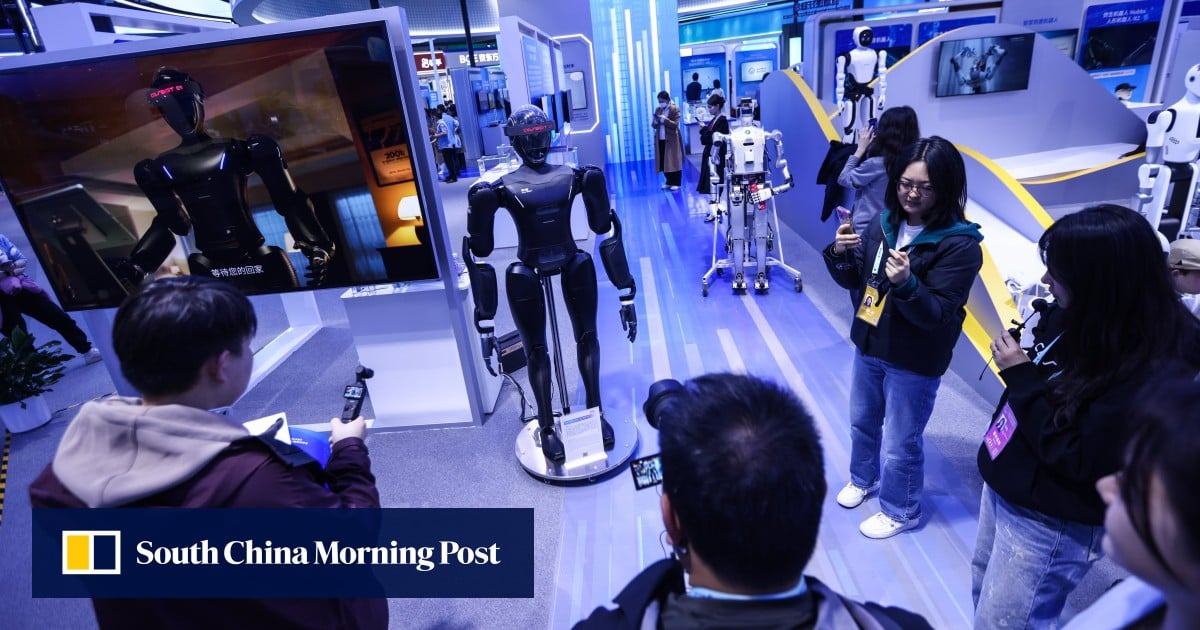China Encouraged to Enhance Emotional Intelligence in AI Development

Addressing AI Investment Risks in China
The Call for Caution in AI Development
According to Zhu Songchun, a prominent AI scientist and director of the Beijing Institute for General Artificial Intelligence, China faces significant risks in its approach to artificial intelligence (AI) investments. He argues that the country should prioritize breakthroughs at the theoretical and philosophical levels of AI instead of merely imitating Western methods. His comments highlight the necessity for a more profound understanding of AI’s complexities to ensure innovation aligns with societal needs and strategic goals.
Understanding the Landscape of AI in China
At the recent Zhongguancun Forum, held in Beijing, Zhu emphasized the gap in understanding AI technology among government bodies, the public, and the media. This shortfall complicates efforts to direct innovation and strategic planning effectively. As China escalates its investment in AI, it becomes increasingly important to ensure that those guiding this development have a strong foundation in AI principles.
Challenges in AI Leadership
Despite the proliferation of AI institutes across China in recent years, many are led by individuals with limited expertise in the field. This lack of qualified leadership could hinder the country’s ability to harness its full potential in AI technology. Zhu’s concerns reflect a broader issue: the necessity for skilled professionals who understand both the technical and philosophical dimensions of AI.
Moving Forward: A Focus on Innovation and Depth
Zhu asserts that China should deepen its exploration of the theoretical and philosophical aspects of AI. In his view, technological innovation in AI can be conceptualized as an iceberg, with various levels of complexity beneath the surface. This model invites stakeholders to consider the foundational theories that can drive meaningful advancements in AI.
Recent Developments in AI
In recent months, Chinese companies have made significant strides in AI, aiming to build a workforce equipped with the skills to foster technological advancement and economic recovery. Notably, in January, the AI startup DeepSeek unveiled a chatbot intended to rival the capabilities of US-developed ChatGPT. Such developments indicate China’s commitment to becoming a significant player in the global AI landscape.
The Structure of AI Technological Innovation
Zhu’s analogy of the iceberg highlights the importance of exploring both visible technology and the underlying principles that govern it. Here’s a breakdown of his five levels of AI innovation:
Foundational Theories: These include the philosophical understandings of intelligence and consciousness necessary for developing advanced AI technologies.
Algorithm Development: Focusing on creating algorithms that enhance machine learning capabilities.
Application Design: Developing practical applications that leverage AI for real-world solutions across industries.
Implementation Strategies: Establishing effective ways to integrate AI into existing systems and practices.
- Impact Assessment: Evaluating the societal implications and ethical considerations of deploying AI technologies.
This structured approach not only helps in systematic innovation but also aids in addressing potential risks and ethical concerns associated with AI.
Conclusion: Embracing an Informed Approach
China’s future in AI could greatly benefit from a thoughtful approach that emphasizes understanding and theoretical development. As the country continues to invest heavily in this technology, it is imperative to cultivate a knowledgeable leadership base and encourage innovations that are both ethically sound and beneficial for society as a whole. By focusing on deeper theoretical insights, China can carve out a unique path in the ever-evolving world of artificial intelligence.






